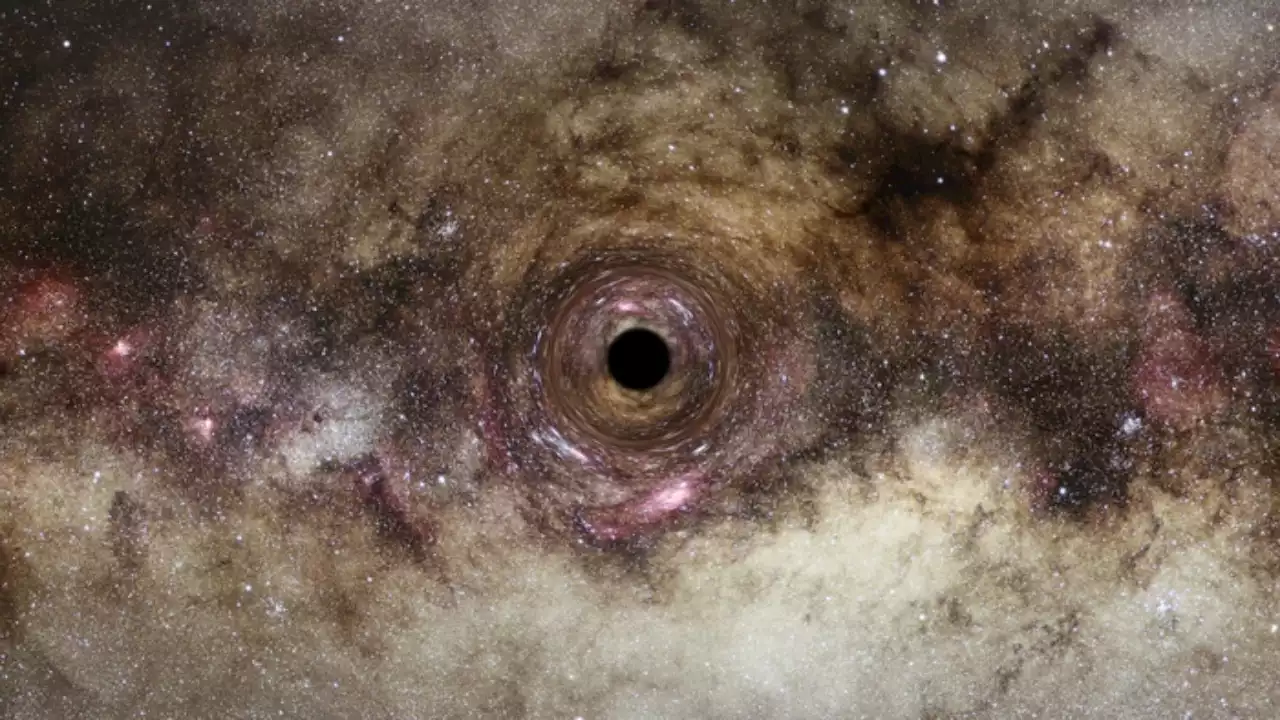U.K. scientists find one of largest black holes ever discovered
An astronaut aboard the space shuttle Atlantis captured this image of the Hubble Space Telescope on May 19, 2009.
Durham University said this is the first black hole found using gravitational lensing. Durham University astronomer Professor Alastair Edge first noticed a giant arc of a gravitational lens when reviewing images of a galaxy survey in 2004. "Most of the biggest black holes that we know about are in an active state, where matter pulled in close to the black hole heats up and releases energy in the form of light, X-rays, and other radiation," Lead author Dr. James Nightingale said in a statement.
This observation from the NASA/ESA/CSA James Webb Space Telescope features the massive galaxy cluster RX J2129. Due to Gravitational lensing, this observation contains three different images of the same supernova-hosting galaxy, which you can see in closer detail here. Gravitational lensing occurs when a massive celestial body causes a sufficient curvature of spacetime to bend the path of light travelling past or through it, almost like a vast lens.
The findings were published in a study – which also includes Germany's Max Planck Institute – in the journalJulia Musto is a reporter for Fox News and Fox Business Digital.
United States Latest News, United States Headlines
Similar News:You can also read news stories similar to this one that we have collected from other news sources.
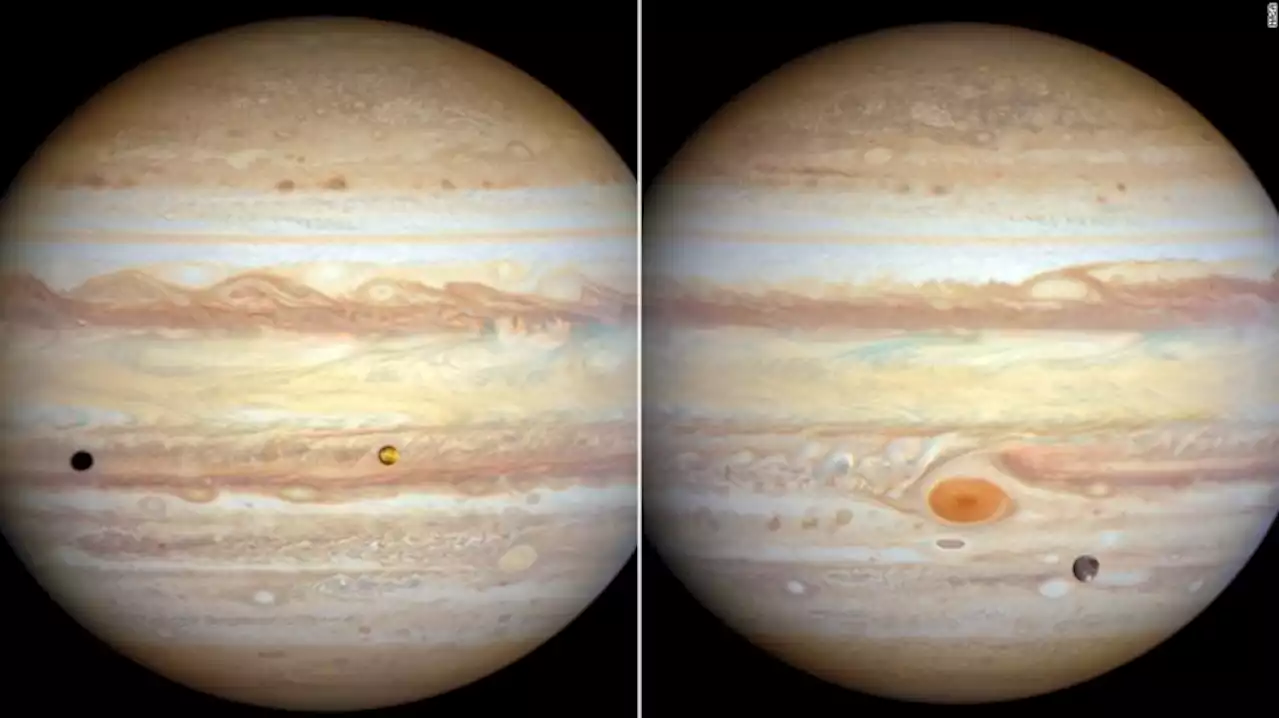 Hubble telescope captures images of Jupiter and Uranus looking different | CNNThe NASA Hubble Space Telescope allows for scientists to closely monitor the changing weather and seasons of the outer planets. Recent images of Jupiter and Uranus show each planet's atmosphere, with several differences from prior years.
Hubble telescope captures images of Jupiter and Uranus looking different | CNNThe NASA Hubble Space Telescope allows for scientists to closely monitor the changing weather and seasons of the outer planets. Recent images of Jupiter and Uranus show each planet's atmosphere, with several differences from prior years.
Read more »
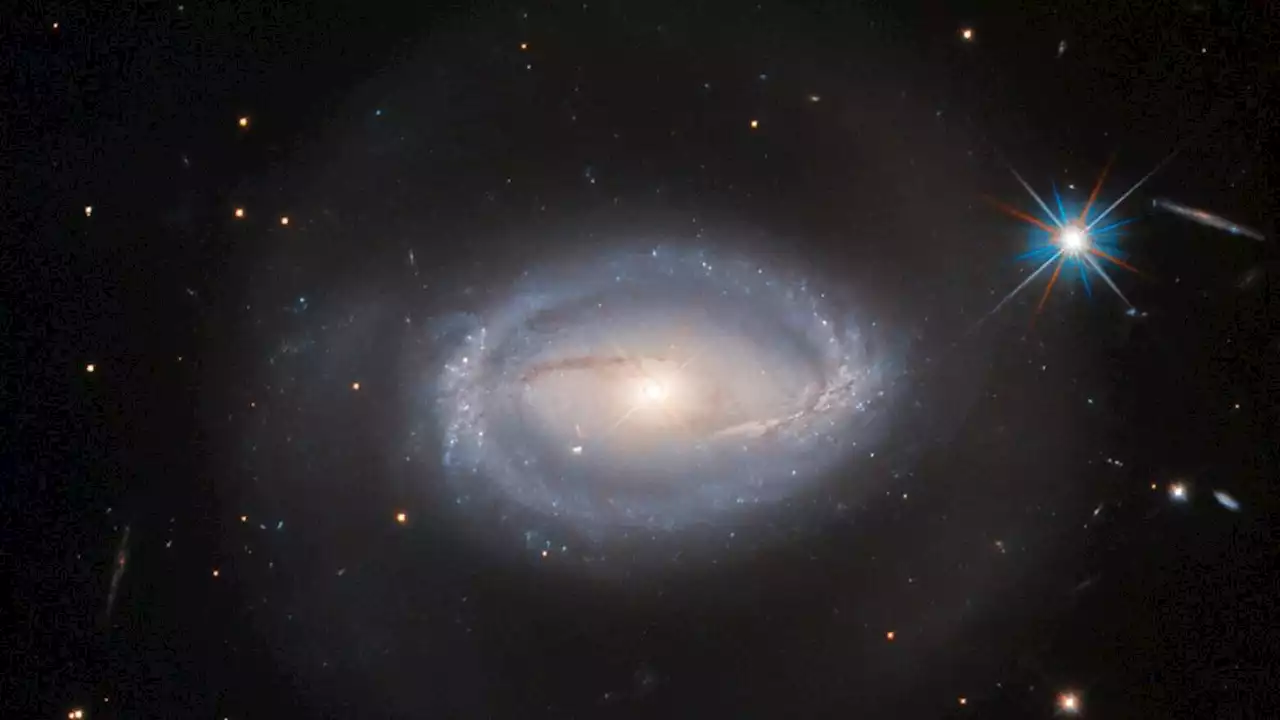 Hubble telescope spies mysterious celestial object that defies classificationClassifying Z-229-15 is complicated.
Hubble telescope spies mysterious celestial object that defies classificationClassifying Z-229-15 is complicated.
Read more »
![]() Hubble Captures Afterglow of the Most Powerful Gamma-Ray of all TimeAn 'extremely extraordinary' gamma-ray burst hit Earth last fall, possibly the strongest ever. Hubble Space Telescope has captured the afterglow.
Hubble Captures Afterglow of the Most Powerful Gamma-Ray of all TimeAn 'extremely extraordinary' gamma-ray burst hit Earth last fall, possibly the strongest ever. Hubble Space Telescope has captured the afterglow.
Read more »
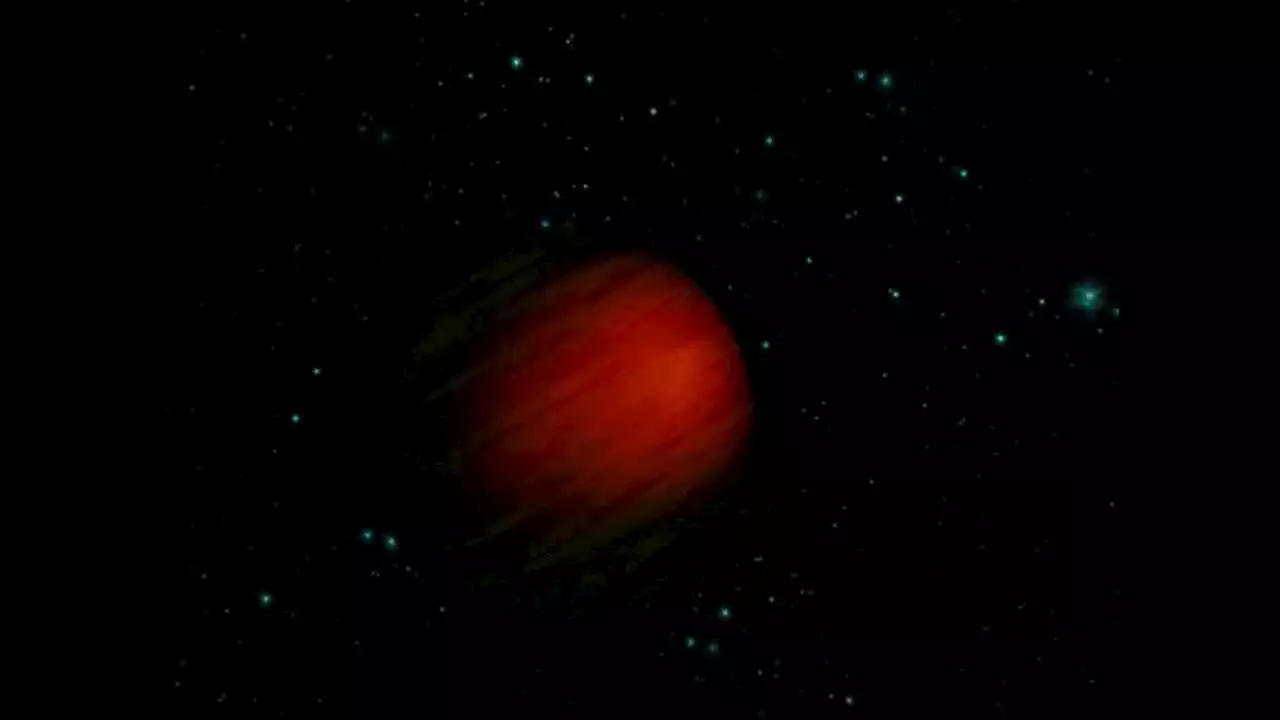 Webb telescope finds a 'hot Jupiter' exoplanet that defies expectationsThe exoplanet Smertrios has a surprising abundance of heavy elements in its atmosphere.
Webb telescope finds a 'hot Jupiter' exoplanet that defies expectationsThe exoplanet Smertrios has a surprising abundance of heavy elements in its atmosphere.
Read more »
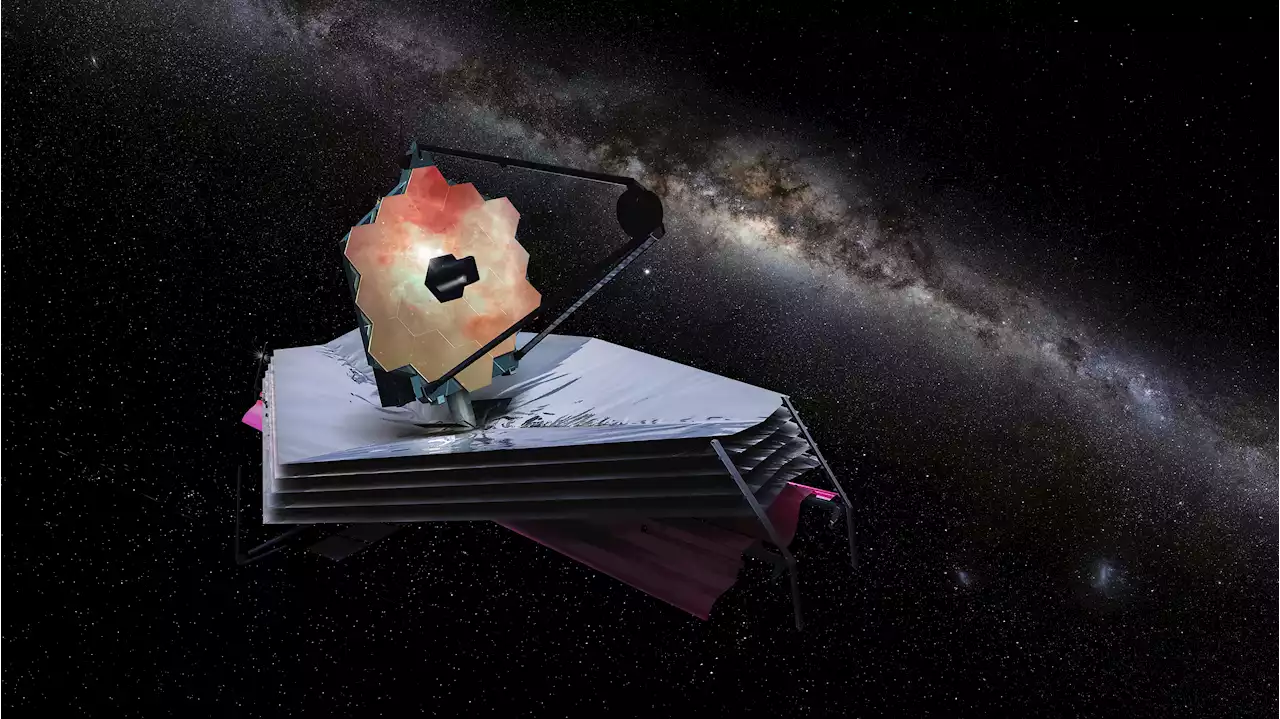 Where is the James Webb space telescope located?Find out exactly where James Webb is located in space and why NASA and the ESA put their most impressive space telescope out there.
Where is the James Webb space telescope located?Find out exactly where James Webb is located in space and why NASA and the ESA put their most impressive space telescope out there.
Read more »
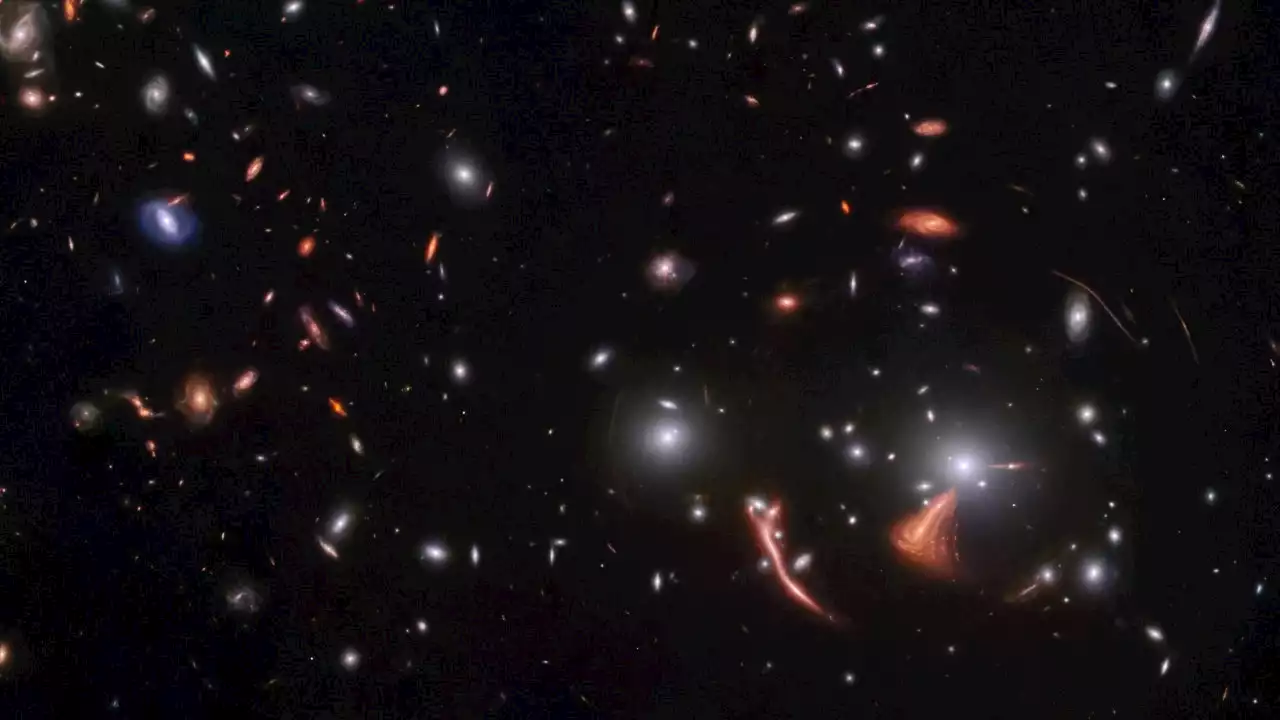 Webb telescope captures warped space, galaxies billions of light-years awayThe James Webb Space Telescope has captured the fabric of space-time being warped, showing a galaxy cluster 6.3 billion light-years away and the distant Cosmic Seahorse galaxy.
Webb telescope captures warped space, galaxies billions of light-years awayThe James Webb Space Telescope has captured the fabric of space-time being warped, showing a galaxy cluster 6.3 billion light-years away and the distant Cosmic Seahorse galaxy.
Read more »
